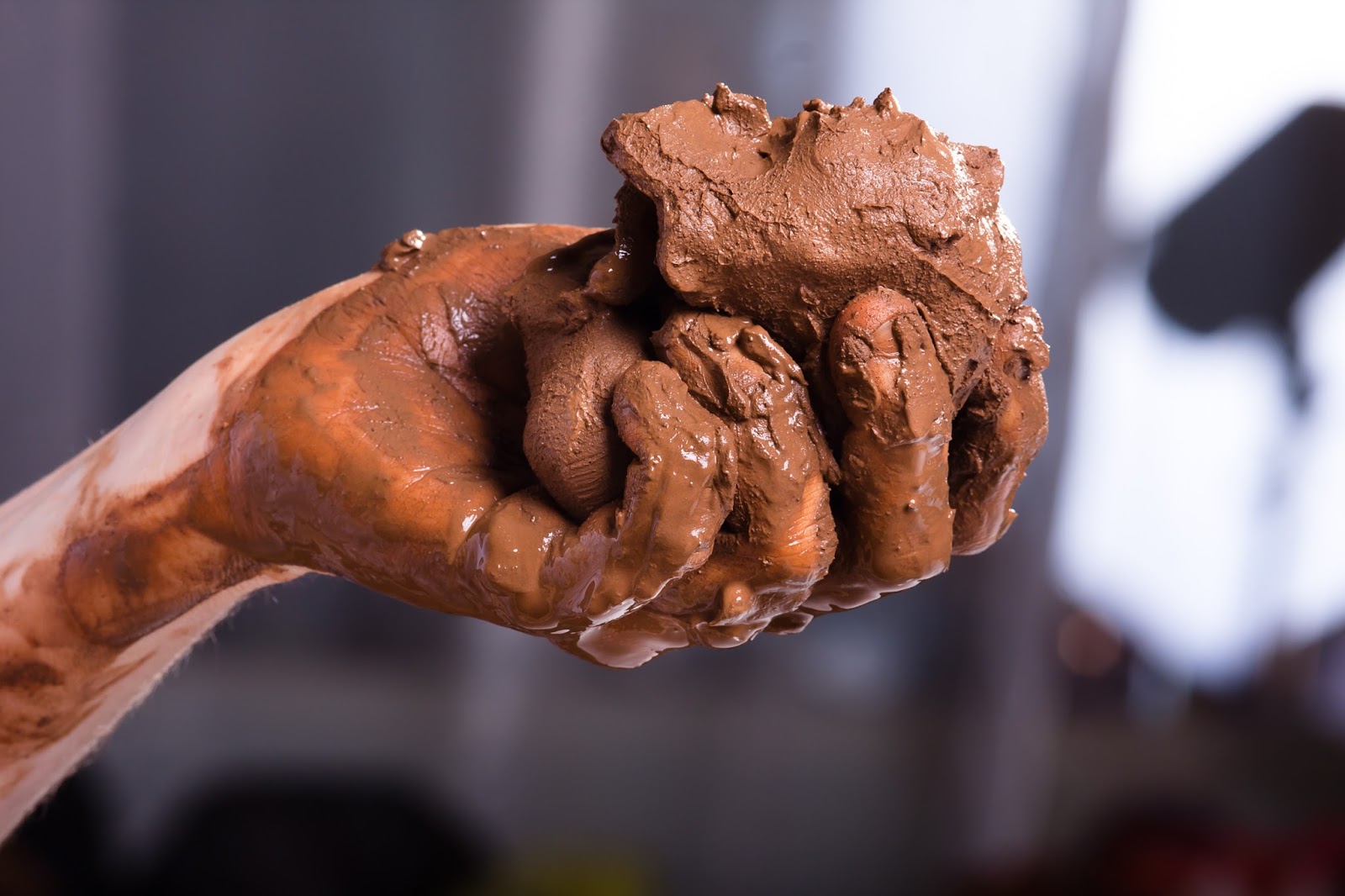Clay A is an intriguing material that has been utilized across various cultures for centuries. This versatile substance is not only a staple in the world of arts and crafts but also boasts numerous benefits in various industries, including health, construction, and agriculture. In this article, we will explore the multifaceted uses of Clay A, delving into its historical significance, practical applications, and the science behind its effectiveness.
With its rich history and diverse applications, understanding Clay A can significantly enhance your appreciation for this natural resource. As we journey through the world of Clay A, we will uncover its various forms, benefits, and ways to incorporate it into your daily life. Prepare to be captivated by the wonders of this remarkable material!
Whether you are an artist, a health enthusiast, or simply curious about natural materials, this comprehensive guide aims to provide you with valuable insights into Clay A. So, let's dive in and discover all there is to know about this fascinating subject!
Table of Contents
- What is Clay A?
- History of Clay A
- Benefits of Clay A
- Uses of Clay A in Arts and Crafts
- Health Benefits of Clay A
- Environmental Impact of Clay A
- How to Use Clay A
- The Future of Clay A
What is Clay A?
Clay A is a type of natural clay that is primarily composed of fine-grained minerals, including kaolinite, illite, and montmorillonite. This material is known for its plasticity when wet, allowing it to be molded into various shapes and forms. When dried, it hardens into a solid structure, making it an ideal medium for both functional and decorative purposes.
Composition of Clay A
The unique properties of Clay A stem from its mineral composition. Some of the key components include:
- Kaolinite: A clay mineral that provides strength and plasticity.
- Illite: Contributes to the clay's moisture retention properties.
- Montmorillonite: Enhances the clay's ability to expand and contract.
History of Clay A
The use of clay dates back thousands of years, with evidence of its application found in ancient civilizations such as Mesopotamia, Egypt, and China. Clay A, in particular, has played a significant role in the development of pottery and ceramics.
Archaeological Discoveries
Archaeological findings indicate that clay was used as early as 29,000 BC for creating figurines and tools. The invention of pottery around 18,000 BC marked a turning point in human history, as it allowed for the storage and cooking of food.
Benefits of Clay A
Clay A is celebrated for its numerous benefits, which include:
- Natural composition: Being a natural resource, Clay A is eco-friendly and non-toxic.
- Versatility: It can be used in various applications, from art to health.
- Absorbency: Clay A has excellent absorbent properties, making it useful in skincare and detoxification.
Uses of Clay A in Arts and Crafts
Clay A is a favorite among artists and crafters for its versatility and ease of use. Here are some common applications:
- Pottery: Clay A is widely used in the creation of pottery due to its pliability.
- Sculptures: Artists often utilize Clay A to craft detailed sculptures and figurines.
- Jewelry: The malleable nature of Clay A makes it an excellent choice for designing unique jewelry pieces.
Health Benefits of Clay A
In addition to its artistic uses, Clay A offers several health benefits:
- Detoxification: Clay A can help remove toxins from the body when ingested or applied topically.
- Skin care: Clay A is often used in face masks and beauty products for its absorbent properties.
- Healing: Some studies suggest that Clay A may aid in wound healing and reducing inflammation.
Environmental Impact of Clay A
Clay A is often regarded as a sustainable resource. Its extraction and use have a relatively low environmental impact compared to synthetic materials. However, it is essential to practice responsible sourcing to ensure the preservation of natural habitats.
How to Use Clay A
Working with Clay A can be a rewarding experience. Here are some tips on how to utilize it effectively:
- Preparation: Ensure the clay is well-kneaded and free of air bubbles before use.
- Molding: Use your hands or tools to shape the clay into desired forms.
- Drying: Allow the clay to dry completely before firing or painting.
The Future of Clay A
As society continues to embrace sustainable materials, the demand for Clay A is expected to rise. Its unique properties and versatility will likely lead to innovative applications in various fields, including construction, art, and health.
Conclusion
In summary, Clay A is a remarkable material that offers a wide range of benefits and applications. From its historical significance to its role in modern art and health, understanding Clay A can enhance our appreciation for this natural resource. We encourage you to explore the possibilities of incorporating Clay A into your life, whether through art, skincare, or sustainable practices.
We hope you found this article informative and engaging. If you have any questions or would like to share your experiences with Clay A, please leave a comment below. Don't forget to share this article with your friends and explore more on our site!
Closing Thoughts
Thank you for taking the time to read our comprehensive guide on Clay A. We invite you to return for more exciting articles on natural materials and their myriad uses. Together, let's continue to explore the wonders of the world around us!
Article Recommendations
- Stana Katic Is A Doctor
- Unveiling The Stature Of Alex Pereira Understanding His Height And Impact
- Andy Bassich


